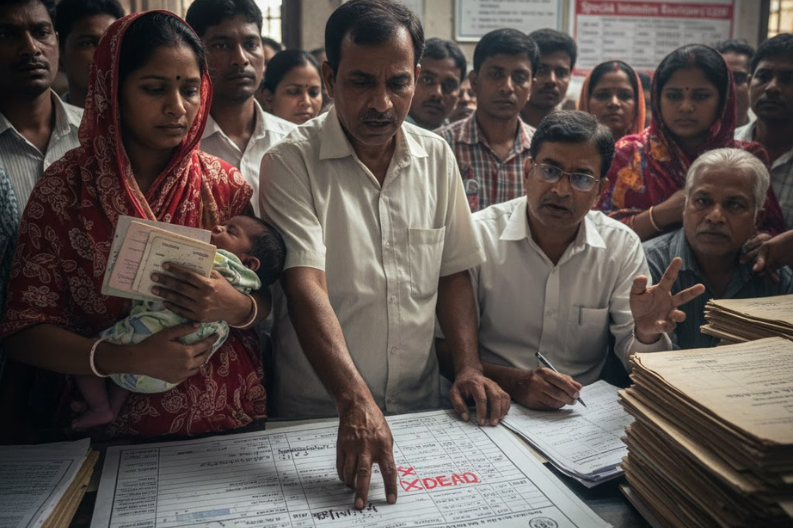On Thursday morning, Gurgaon air quality reaches dangerous levels as pollution spiked to one of its highest points this year. At 8:30 AM, Gurugram recorded an alarming Air Quality Index (AQI) of 700, according to AQI.in. This level falls under the “hazardous” category, making outdoor air extremely unsafe for breathing. By 7:00 AM, some residents reported AQI readings as high as 899, filling the city with thick smog and reducing visibility.
Residents across the city expressed deep concern on social media. Parents, especially, were worried about the health of their children. One user on X (formerly Twitter) wrote, “Gurugram AQI is more than 800 today. It’s hazardous for my kid to go to school. The government must shut schools temporarily.” This sentiment reflects the growing anxiety among families facing prolonged exposure to toxic air.
Meanwhile, Delhi also experienced similarly dangerous conditions. At 9:00 AM, the capital recorded an AQI of 705, making it one of the worst-polluted cities globally that morning. Residents across the National Capital Region (NCR) complained of difficulty breathing, eye irritation, and a constant smoky haze.
Every year, as winter begins, air pollution worsens across North India. Cold air traps pollutants near the ground, leading to higher concentrations of harmful particles. In 2021, Chandigarh recorded a hazardous AQI of 429, showing that this is not just a Delhi-NCR problem but a widespread regional crisis.
A major reason behind this spike in pollution is stubble burning in Punjab and Haryana. Farmers burn leftover crop residue to clear their fields for the next planting season. While it saves time and money, this practice releases large amounts of smoke and fine particles into the air. Winds then carry this pollution into nearby cities like Delhi, Gurugram, and Mohali.
Experts say the effects of stubble burning are visible every year during November. For instance, Mohali frequently records AQI readings above 300 during peak pollution periods. The combined impact of crop burning, vehicle emissions, and construction dust creates a thick layer of smog that affects millions of people.
Health specialists are urging citizens to take immediate precautions. They recommend:
- Staying indoors during high pollution hours.
- Keeping windows closed to prevent toxic air from entering homes.
- Using air purifiers where possible.
- Wearing N95 masks outdoors.
- Avoiding outdoor workouts or long commutes during peak smog hours.
Schools in Gurugram and Delhi are also reacting to the crisis. Some have shifted to online classes, while others have restricted outdoor activities. Educational institutions are taking these steps to protect children, who are especially vulnerable to pollution-related illnesses.
Medical experts warn that breathing hazardous air for long periods can lead to asthma, lung infections, heart disease, and long-term respiratory problems. Elderly people and those with pre-existing conditions face an even greater risk. Doctors suggest increasing hydration, eating antioxidant-rich foods, and seeking medical help if symptoms like coughing or chest pain occur.
The government is now taking stricter actions to reduce pollution. Measures include halting construction during high-AQI days, controlling traffic emissions, and penalizing industries that violate pollution norms. Authorities are also promoting eco-friendly farming methods such as stubble mulching and biodecomposers to reduce burning.
Citizens, too, play an important role. Experts emphasize that people can help by carpooling, using public transport, and avoiding unnecessary vehicle use. Planting trees, reducing firecracker use, and conserving energy also contribute to cleaner air.
As winter continues, environmental organizations are urging both state and central governments to implement long-term air management strategies. Consistent monitoring, better waste management, and awareness campaigns are key to improving air quality over time.
In conclusion, Gurgaon air quality reaches dangerous levels serves as a wake-up call for authorities and citizens alike. Breathing clean air is a basic right, and only through collective action, policy changes, cleaner technologies, and public responsibility can India hope to clear its skies and protect its people from hazardous pollution.



